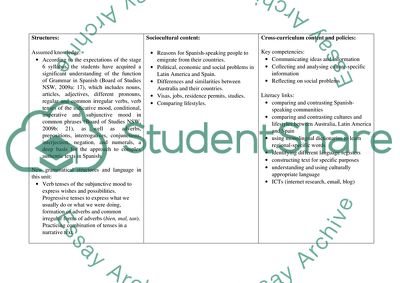Cite this document
(The Description of the Unit Report Example | Topics and Well Written Essays - 2500 words - 4, n.d.)
The Description of the Unit Report Example | Topics and Well Written Essays - 2500 words - 4. https://studentshare.org/education/1741964-order
The Description of the Unit Report Example | Topics and Well Written Essays - 2500 words - 4. https://studentshare.org/education/1741964-order
(The Description of the Unit Report Example | Topics and Well Written Essays - 2500 Words - 4)
The Description of the Unit Report Example | Topics and Well Written Essays - 2500 Words - 4. https://studentshare.org/education/1741964-order.
The Description of the Unit Report Example | Topics and Well Written Essays - 2500 Words - 4. https://studentshare.org/education/1741964-order.
“The Description of the Unit Report Example | Topics and Well Written Essays - 2500 Words - 4”. https://studentshare.org/education/1741964-order.


